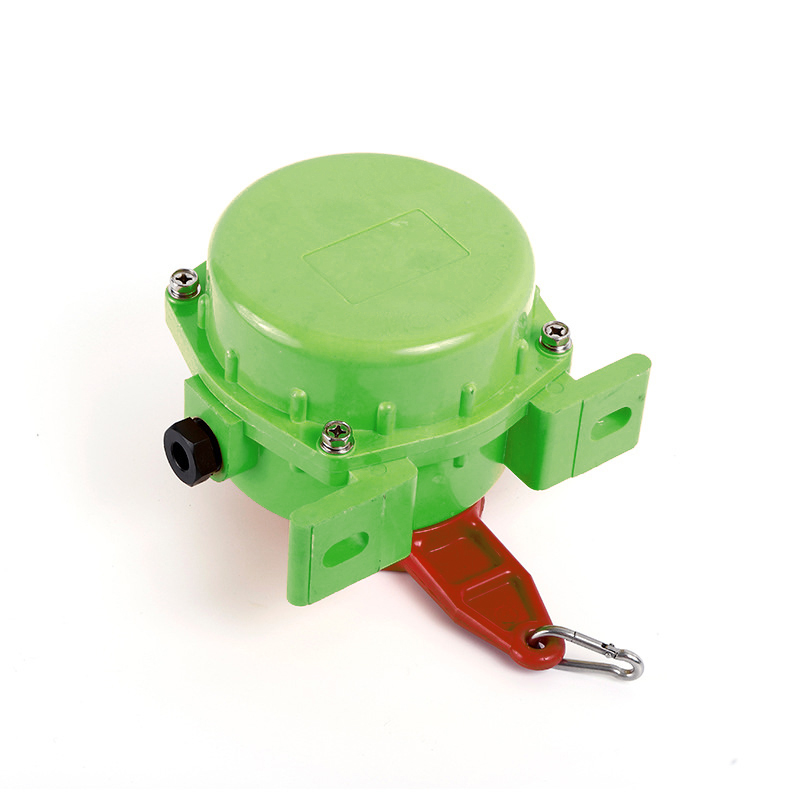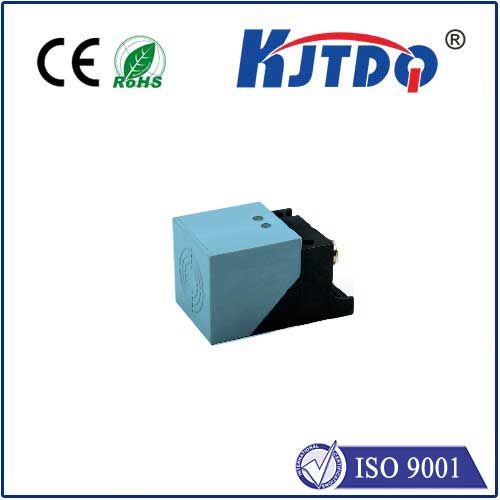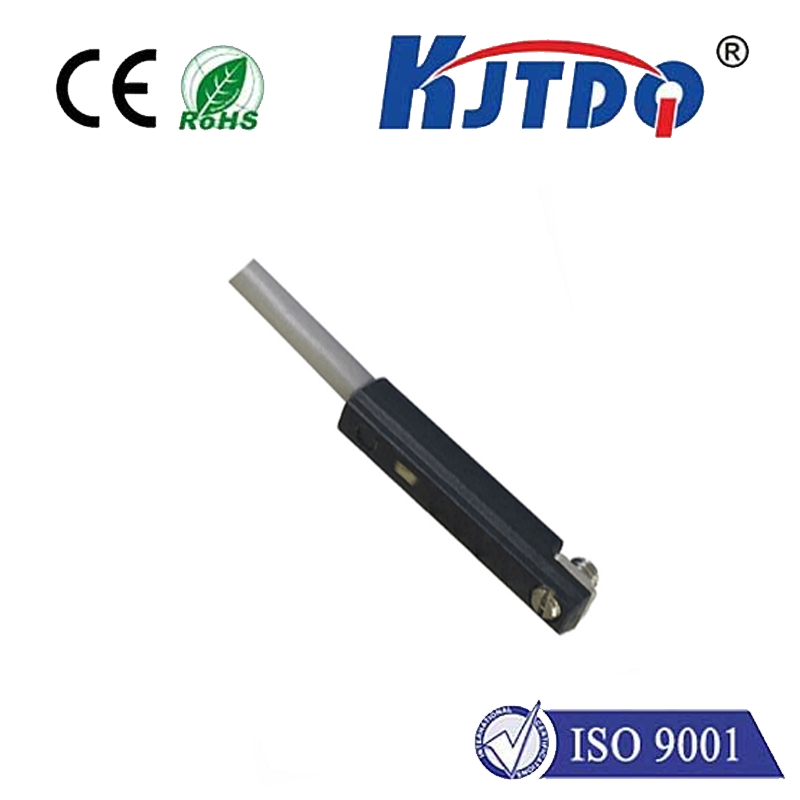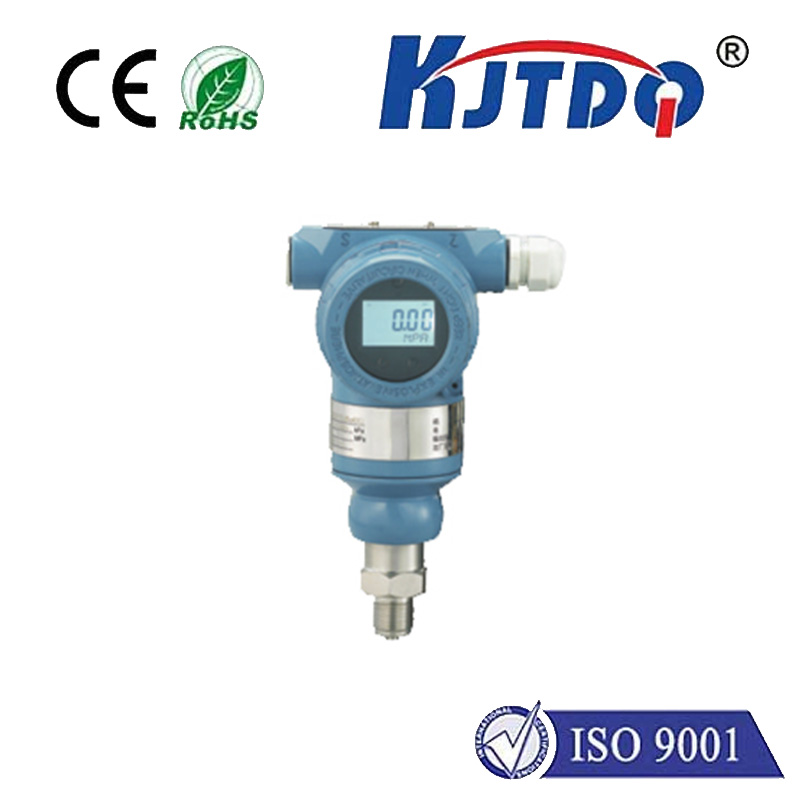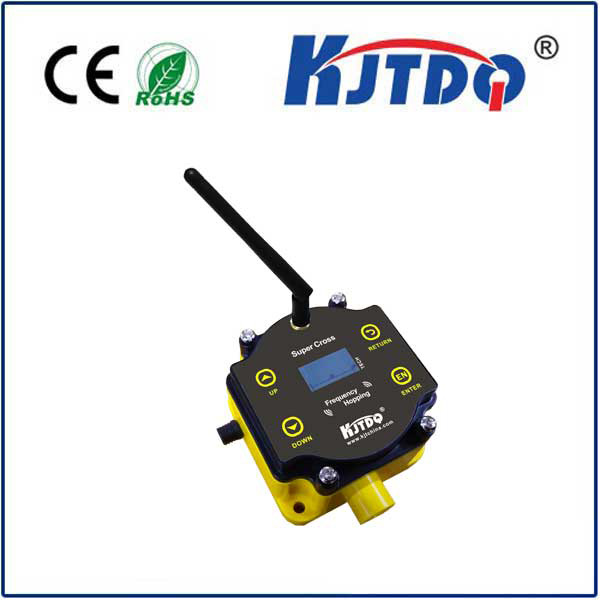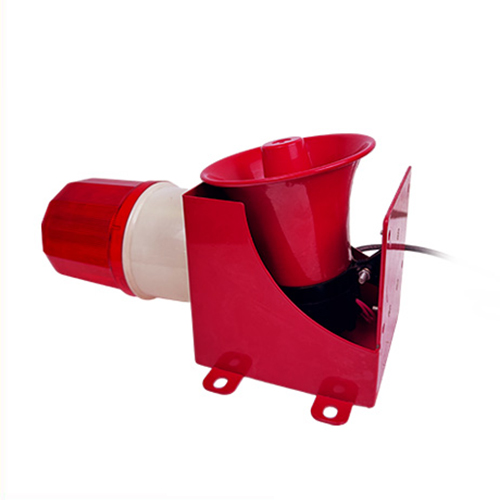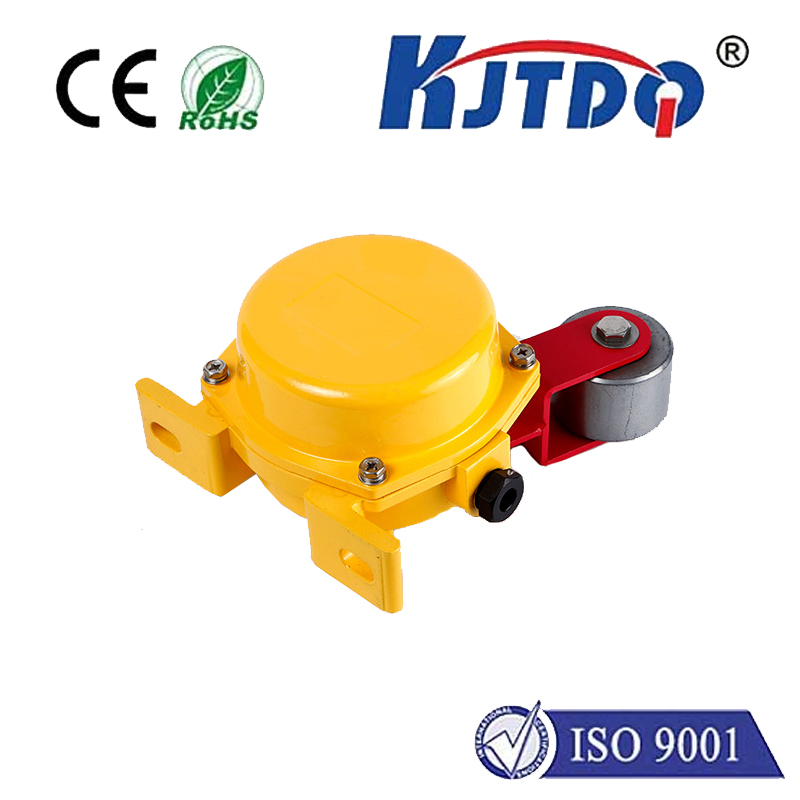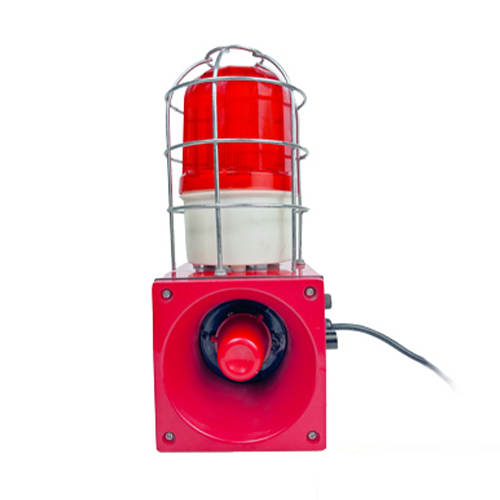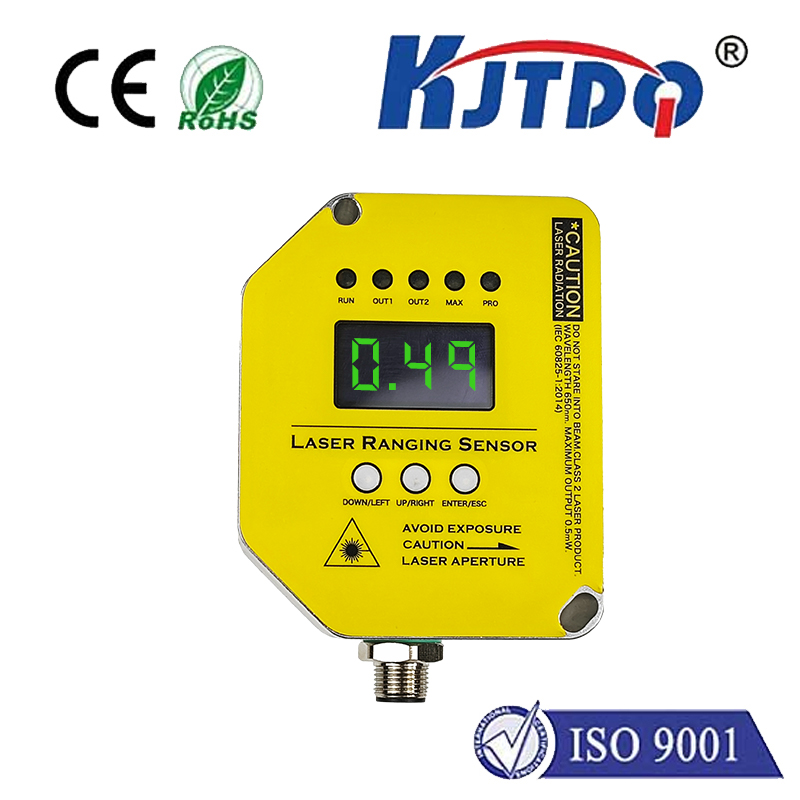fundamentals of optical fiber sensors
- time:2025-08-15 04:39:52
- Нажмите:0
Demystifying Optical Fiber Sensors: How Light Revolutionizes Measurement
Imagine a slender thread of glass, thinner than a human hair, capable of sensing temperature shifts deep within a power transformer, detecting minute structural cracks on a vast bridge, or even monitoring the vital signs inside a human body. This isn’t science fiction; it’s the remarkable reality enabled by Волоконно - оптический датчик. These sophisticated devices leverage the fundamental properties of light traveling through optical fibers to gather critical information about their environment, transforming numerous industries with their unique capabilities.
The Guiding Light: Core Principles of Optical Fiber Technology
At the heart of every optical fiber sensor lies the optical fiber itself. Its operation hinges on a fundamental principle of physics: total internal reflection (TIR). An optical fiber consists of a central core, surrounded by a cladding layer with a slightly lower refractive index. When light enters the core at an angle greater than a specific critical angle, it reflects entirely off the core-cladding boundary, bouncing its way down the fiber with minimal loss. This efficient light confinement is the cornerstone that enables long-distance light transmission and, consequently, sensing.
How Do They Sense? The Transformation Principle

What distinguishes an optical fiber sensor from a mere data communication fiber is its interaction with the environment. A measurand—the physical or chemical quantity being sensed—such as temperature, pressure, strain, vibration, or chemical concentration, intentionally modifies one or more properties of the light propagating within the fiber. This modulation is the key signal. The core sensing mechanisms involve changes in:
- Intensity: The measurand causes a physical change (e.g., bending, microbending, absorption) that directly attenuates the light signal’s power. While conceptually simple, intensity-based sensors can be susceptible to unwanted signal variations from sources other than the measurand.
- Phase: The measurand alters the optical path length within the fiber, typically by changing its length (strain) or refractive index (temperature), thus shifting the phase of the light wave. Interferometric techniques (like Mach-Zehnder, Michelson, or Fabry-Perot) are exquisitely sensitive to these phase shifts, enabling high-precision measurement.
- Wavelength: Certain measurands cause specific wavelength-dependent effects. A prime example is Fiber Bragg Gratings (FBGs). An FBG is a periodic modulation of the core’s refractive index inscribed into the fiber. It acts as a highly selective mirror, reflecting a very narrow band of light (the Bragg wavelength) while transmitting others. When an FBG experiences strain or temperature change, the period of the grating or the core’s refractive index shifts, causing a measurable shift in the reflected Bragg wavelength. This intrinsic referencing makes FBGs highly stable and resistant to intensity fluctuations. Other wavelength-based sensors include long-period gratings (LPGs) and devices utilizing fluorescence or Raman scattering.
- Polarization: The measurand can induce changes in the polarization state of the light propagating through the fiber. Sensing relies on detecting these polarization modulations.
- Spectral Characteristics: For chemical sensing, specially designed fiber tips or coatings interact with target analytes, causing absorption or fluorescence at specific wavelengths, detectable by spectroscopic analysis.
The Essential Building Blocks
A basic optical fiber sensor system comprises several key components:
- Light Source: Typically a laser diode or LED, providing the optical signal at a specific wavelength or range of wavelengths. Coherence and stability are crucial for phase-sensitive or high-resolution sensors.
- Optical Fiber: The transmission medium and often the sensing element itself. Different fiber types (standard single-mode, multimode, polarization-maintaining) are chosen based on the sensing principle and application requirements.
- Modulation Region / Sensing Element: The part of the system where the interaction between the light and the measurand occurs. This could be an intrinsic section of the fiber (e.g., where strain is applied or temperature changes) or an extrinsic element attached to the fiber end (e.g., a diaphragm for pressure).
- Optical Detector: Converts the modulated optical signal back into an electrical signal. Common detectors include photodiodes (PIN or APD) and optical spectrum analyzers (OSA) for wavelength-based detection.
- Signal Processing Unit: Interprets the electrical signal from the detector, often involving sophisticated algorithms to extract the precise information about the measurand (e.g., calculating strain from a Bragg wavelength shift).
Classifying the Sensing Landscape
Optical fiber sensors can be categorized based on several factors:
- Intrinsic vs. Extrinsic: Intrinsic sensors use the fiber itself as the sensing element (e.g., bending for liquid level, strain/temperature via FBG). Extrinsic sensors use the fiber primarily to guide light to and from an external sensing element located at the fiber tip.
- Point vs. Distributed vs. Quasi-Distributed:
- Point sensors measure the measurand at a single, specific location (e.g., an FBG sensor).
- Distributed sensors transform the entire length of the fiber into a continuous sensor, measuring the spatial distribution of a parameter (e.g., temperature or strain) along its length. Techniques like Optical Time-Domain Reflectometry (OTDR) or Raman scattering and Brillouin scattering analysis enable this remarkable capability.
- Quasi-distributed sensors (or multiplexed sensors) involve an array of discrete point sensors (like multiple FBGs on a single fiber) addressed along the fiber length, providing measurements at multiple predetermined points.
The Compelling Advantages: Why Choose Fiber Optic Sensing?
The growing adoption of optical fiber sensor technology is driven by a powerful set of advantages inherent to its design:
- Immunity to Electromagnetic Interference (EMI): As non-metallic, dielectric devices, they operate flawlessly in environments saturated with electromagnetic noise (power plants, near motors, medical MRI scanners) where conventional electronic sensors fail.
- Intrinsic Safety: Optical signals, carrying minimal power, eliminate the risk of sparking. This makes them ideal for use in explosive or flammable atmospheres (hazardous areas, oil & gas facilities).
- Corrosion Resistance: Glass optical fibers offer excellent resistance to harsh chemicals and environmental degradation.
- Small Size and Lightweight: Their minute diameter and flexibility allow installation in confined spaces or embedding within composite structures (e.g., aircraft wings, wind turbine blades) with minimal impact.
- High Sensitivity and Wide Dynamic Range: Techniques like interferometry and FBGs offer exceptional precision for demanding measurement tasks.
- Remote Sensing Capabilities: Light signals can travel many kilometers with low loss, enabling sensing in remote or difficult-to-access locations (pipelines, dams, large power grids) far from the interrogation unit.
- Multiplexing Potential: Multiple sensors (especially FBGs) can often be integrated onto a single fiber strand, significantly reducing cabling complexity and cost per sensing point.
- Long-Term Stability: Careful design and packaging lead to sensors with excellent drift performance over extended periods.
Where Light Makes a Difference: Real-World Applications
The unique strengths of optical fiber sensing systems have led to diverse applications:
- Structural Health Monitoring (SHM): Continuous monitoring of strain, vibration, and temperature in bridges, buildings, dams, tunnels, wind turbine blades, and aircraft structures, enabling predictive maintenance and enhanced safety.
- Energy Sector: Temperature profiling in power transformers, generators, and along high-voltage cables; pressure and temperature monitoring in oil & gas wells and pipelines (downhole sensing).
- Industrial Process Control: Temperature and pressure sensing in harsh industrial environments (chemical plants, furnaces); liquid level detection.
- Civil Engineering: Monitoring ground movement, settlement, and stress in foundations, embankments, and tunnels.
- Medical and Biotechnology: Miniaturized probes for temperature, pressure, and chemical sensing in vivo; biomedical research using specialized fiber tips.
- Security and Perimeter Monitoring: Distributed acoustic sensing (DAS) using fibers embedded in fences or buried to detect and locate intrus





![[Good news] Nanjing Institute of Technology joins hands with Kaijit to establish an “off-campus practical education base” [Good news] Nanjing Institute of Technology joins hands with Kaijit to establish an “off-campus practical education base”](https://www.kjt-sensors.com/uploadfile/ueditor/image/202302/1675406405aa0971.jpg)


